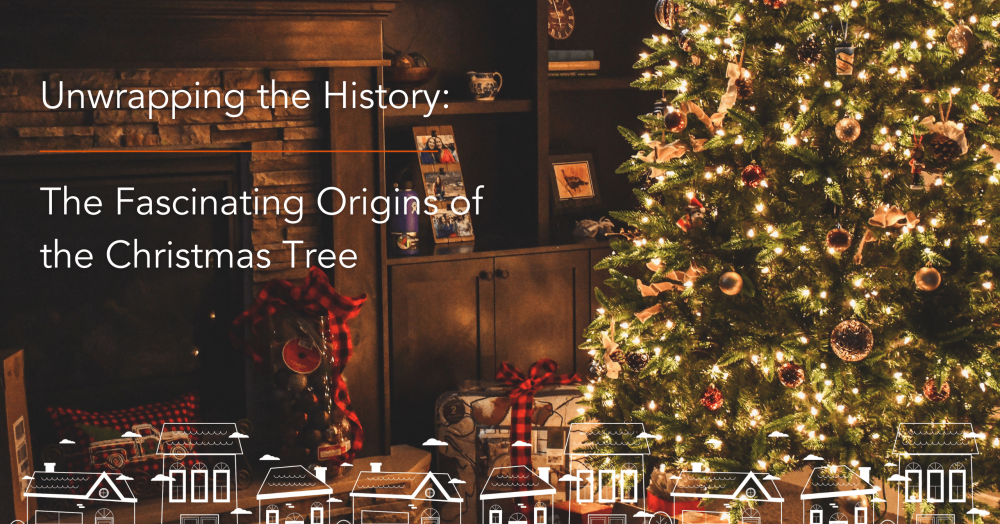
Unwrapping the History: The Fascinating Origins of the Christmas Tree
The Christmas tree, adorned with twinkling lights and cherished ornaments, is a universal symbol of festive cheer. Yet, its roots stretch back far beyond the modern celebration of Christmas, intertwining with ancient customs and beliefs. Let's delve into the captivating journey of how this evergreen became such an integral part of our winter festivities.
Ancient Roots: Pagan Traditions and Evergreens
Long before Christianity, various cultures celebrated the winter solstice, the shortest day of the year, as a time of rebirth and renewal. In many pagan traditions, evergreens – trees that remained green and vibrant even in the harshest winter months – symbolised life, fertility, and the promise of spring's return. People would bring evergreen branches, such as fir, pine, and spruce, into their homes to ward off evil spirits and celebrate life during the dark winter.
For example, ancient Egyptians worshipped the sun god Ra, decorating their homes with green palm rushes during the winter solstice to symbolise the triumph of life over death. Romans celebrated Saturnalia, an ancient festival honouring Saturn, the god of agriculture, by decorating their homes and temples with evergreen boughs. Even the Vikings and Saxons used evergreens to symbolise the renewal of life and hope for the sun's return.
The German Connection: The Birth of the Modern Christmas Tree
The tradition of decorating an entire tree, rather than just branches, is widely believed to have originated in 16th-century Germany. Legend has it that Martin Luther, the Protestant reformer, was walking home one winter's evening and was so captivated by the sight of stars twinkling through the branches of a fir tree that he brought a tree into his home and decorated it with candles to recreate the magical scene for his children.
These early German Christmas trees were often adorned with apples, nuts, and paper flowers, symbolising the Tree of Paradise from medieval mystery plays performed on Christmas Eve. The tradition spread throughout Germany, becoming a cherished part of family celebrations.
The Christmas Tree Arrives in Britain
So, how did this German custom make its way to British shores? The first recorded instance of a Christmas tree in Britain dates back to 1800, when Queen Charlotte, the German-born wife of King George III, set up a tree at Queen's Lodge, Windsor, for a children's party. She decorated a yew tree with candles, fruit, and sweetmeats, delighting her guests.
However, it was Queen Victoria and her German husband, Prince Albert, who truly popularised the Christmas tree in the UK. In 1846, a drawing of the royal family gathered around a decorated Christmas tree at Windsor Castle was published in the Illustrated London News. This image captured the public's imagination, and suddenly, having a Christmas tree became a fashionable and desirable tradition for British families. The idea of a family-centred Christmas, complete with a beautifully adorned tree, quickly took hold across the nation.
From Tradition to Modern Day
Over the centuries, the Christmas tree has evolved, with decorations changing from candles and edible treats to electric lights, glass baubles, and tinsel. Yet, the essence remains the same: a symbol of hope, joy, and togetherness during the festive season. It's a tradition that brings families together, creating cherished memories year after year.
At Lloyds Estates we understand the importance of home and the traditions that make it special. We're here to help, every step of the way, whether you're looking for a new home to create your own festive traditions or selling a property filled with cherished memories. We believe in putting people before property, offering honest advice, no jargon, and making moving simpler, smoother, and a little more awesome. Your trusted local experts are committed to you and your next move.